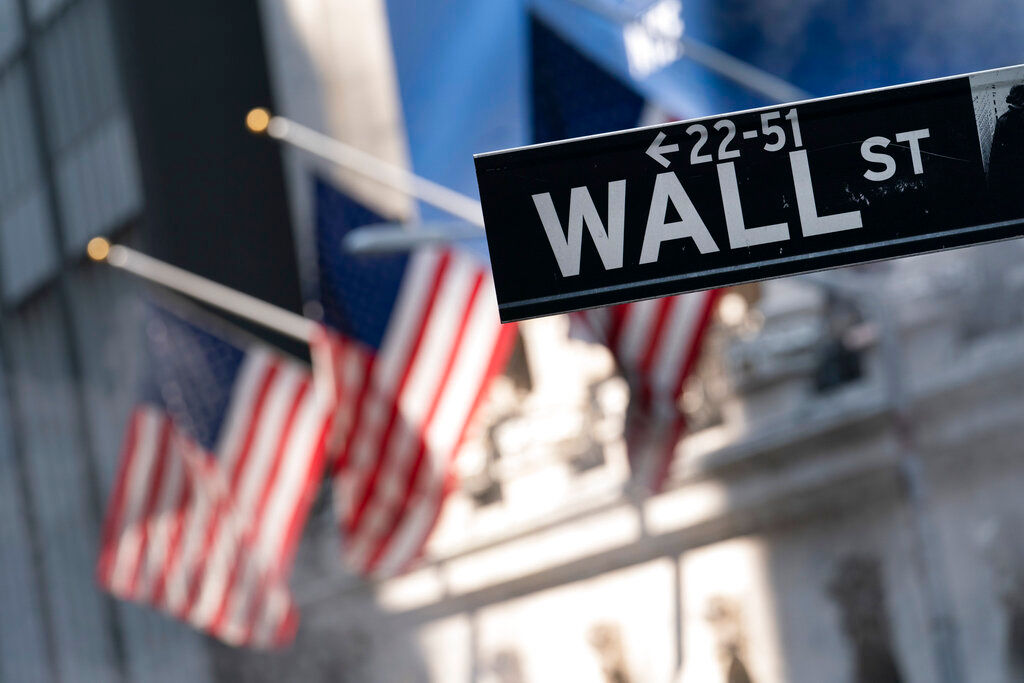Stocks on Wall Street slipped on Thursday as global markets remain volatile amid uncertainty about where inflation, Fed interest rates and the global economy are heading.
The S&P 500 slipped 1.2% in morning trading, on the way to its fifth drop in the last six days. US stocks reversed just a day after posting their biggest gain since June 2020 when a drop in oil prices seemed to take pressure off the world’s already high inflation.
Also Read | Oil prices go up as market weighs OPEC filling Russia’s supply gap
On Thursday morning, US crude oil jumped as high as 5.7% before swinging between gains and losses. It was recently at $110.67, up 1.9%. With recent increases in energy prices, there is a risk that the economy could be affected by a toxic cocktail of persistently high inflation and slowing growth.
The Dow Jones Industrial Average slipped 309 points, or 0.9%, to 32,978, as of 10.35 am Eastern time zone. The Nasdaq composite was 1.7% down.
Also Read | Russia responds to sanctions, bans transfer of imported tech, goods till 2023
Stocks in Europe were hit even harder, with Germany’s DAX falling 1.6% and France’s CAC 40 falling 1.7%. Asian stocks were higher in the morning.
Russia’s invasion of Ukraine is raising worries about how high prices will go for oil, wheat, and other commodities produced in that region, which has caused such swings in recent weeks.
Also Read | IMF approves emergency support worth $1.4 billion to Ukraine
According to analysts, the US inflation report wouldn’t have much of an effect on markets. The 7.9% leap was exactly what economists were forecasting. There was some relief in the fact that it didn’t reach the 8% threshold.
The yield on the 10-year Treasury, which follows expectations for inflation and economic growth, dropped immediately after the inflation report’s release but then recovered. It was at 1.99%, up from 1.94% late Wednesday.
Also Read | ‘Russian economy experiencing shock impact’: Kremlin on sanctions by West
The yield on the two-year Treasury, which moves on expectations of what the Federal Reserve will do with interest rates, increased to 1.71% from 1.68%.
The Federal Reserve is expected to raise its key short-term rate by a quarter of a percentage point next week, which would be the first since 2018. The recent hike in commodity prices has complicated its process of raising interest rates enough to curb high inflation without crippling the economy into a recession.
Also Read | US VP Kamala Harris calls for probe into Russian ‘war crimes’ in Ukraine
Brent crude, the international standard, surged 1.2% to $112.47 per barrel. US benchmark and Brent crude are up more than 44% for 2022 so far, though they remain below the highest levels they touched earlier this week. US oil briefly traded above $130.







